The target signals to the world whether Australia is willing to do its fair share to tackle global warming. The decision will also guide Australia’s pathway to its net-zero goal. And it will be closely watched by Pacific nations urging Australia to step up on climate policy.
The government has been awaiting final advice from the independent Climate Change Authority before announcing its decision. The authority’s draft advice suggested an indicative 65–75% cut to emissions by 2035.
We are confident Australia can achieve this – and go further. Our modelling suggests emissions reduction up to 85% is achievable. A stronger target also makes economic sense, by positioning industry to make the most of Australia’s competitive advantages on the road to a net zero economy.
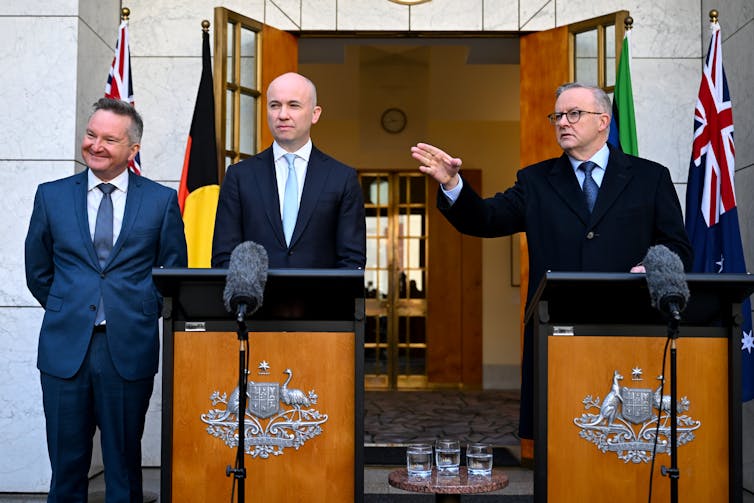
Building momentum
Under the Paris Agreement, to which Australia is signed up, nations must submit a series of plans outlining proposed emissions reductions.
Australia’s current plan commits to a 43% cut in emissions by 2030, based on 2005 levels. The next plan will identify ambition out to 2035 – and importantly, actions to get there.
A recent ruling by the International Court of Justice found countries are legally obliged to prevent harms caused by climate change. This increases pressure on all governments to set a target in line with scientific evidence on limiting global warming to 1.5°C.
The target is not just about fulfilling Australia’s international obligations. As United Nations climate chief Simon Stiell said last week, an ambitious 2035 target would maintain Australia’s strong economy and high living standards. Doubling down on clean energy, he said, was “an economic no-brainer”.

The road to success
Our analysis shows how far Australia can go. In late 2023, modelling by Monash University’s Climateworks Centre, undertaken with CSIRO, examined potential pathways for Australia to cut emissions in line with the Paris Agreement.
It showed with decisive and increased action across all sectors of the economy, Australia’s emissions could reach 85% below 2005 levels by 2035, while still meeting energy demand.
Our work shows there are opportunities across all sectors. These includes:
- electrifying buildings and making them more energy efficient
- significantly higher uptake of electric vehicles
- faster uptake of electrification and hydrogen in the industrial and resource sectors
- reducing emissions from agriculture through measures such as adding algae to livestock feed and using different fertilisers
- expanding tree planting and technologies to capture carbon in soil.
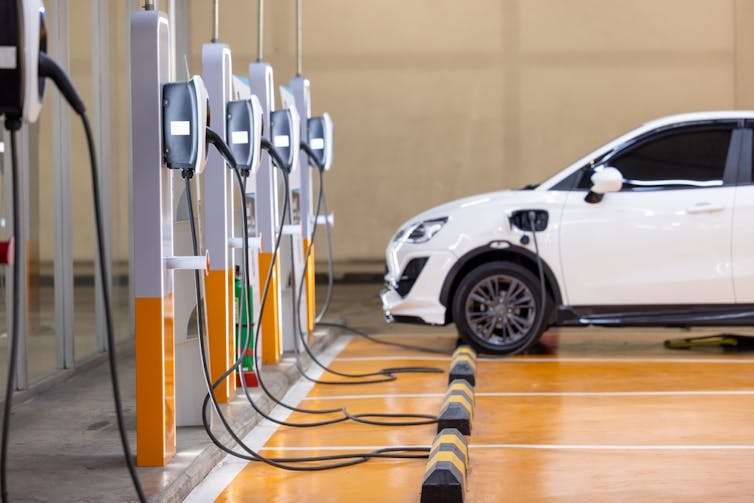
A strong 2035 target is not only sensible and achievable – it will set up the economy is to compete for trillions of dollars in global investment in the net-zero transition.
Some businesses and investors are already developing transition plans to build on government action and tap into opportunities.
There are other positive signs. They include a recently published tool, supported by the federal government, which helps investors determine if their capital supports activities aligned with the goals of the Paris Agreement.
Australia’s states and territories have set the foundation. As of December 2024, their combined emissions reduction targets totalled a 66–71% reduction in national emissions by 2035.
But state goals cannot be met without federal action on emissions reduction. Likewise, the federal government could set a stronger emissions-reduction target, confident in the knowledge state and territory policies were pulling in the same direction.

Getting over the humps
While Australia can feasibly go big on emissions reduction, there are barriers to overcome.
A rapid expansion of renewable energy is vital if Australia is to meet its climate goals. This requires support from communities being asked to host renewable energy infrastructure – so-called “social license”.
Governments are seeking to address this. In Victoria and NSW, for instance, explicit programs aim to increase the benefits communities receive from hosting projects. But there’s more work to do.
Green commodities produced in Australia, such as iron and steel, offer huge economic benefits and can help our global trading partners decarbonise. However, global demand for green products must ramp up to make this a reality.
Governments have an important role in building these new markets. For example, they can strike international trade agreements involving joint transition plans, and cooperate to harmonise green standards.
The federal government has made a good start on this, via policies such as Future Made in Australia and the National Reconstruction Fund. Additional measures are needed to build demand.
Of course, the right policy mix, plus business and investor action, will bring major benefits for everyday Australians.
Renewable energy, for example, is the cheapest form of new power, helping address household energy costs.
And energy-efficient homes are not just more climate-friendly – they are also more comfortable.
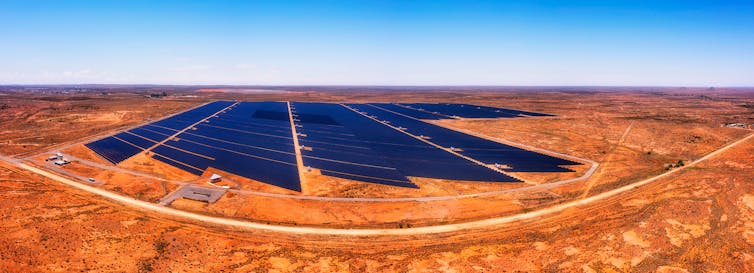
A golden opportunity
Australia’s 2035 target is a golden opportunity to show global leadership, and set ourselves up as a renewable energy superpower. A suite of other policies can help bring the goal to fruition.
The federal government will this year release a plan guiding Australia’s transition to net zero emissions by 2050, covering six major parts of the economy.
Other relevant policy reviews over the next few years involve the National Electricity Market, as well as the Safeguard Mechanism which limits pollution from Australia’s major industrial emitters.
And the federal government will this month convene a major economic roundtable. Setting and implementing a 2035 emissions reduction target is crucial to a resilient economy and should underpin economic reforms that flow from the talks.
The challenges for Australia are clear – but so too are the opportunities. With the right plans and policies in place, the federal government can set the economy up for success.
*
Authors: Anna Malos, Climateworks Centre Country Lead, Australia, Monash University, and Anna Skarbek, Climateworks Centre Chief Executive Officer, Monash University
This article was initially published in The Conversation and is republished here under a Creative Commons Licence.
The views and opinions expressed in this article are the author’s own, and do not necessarily reflect those held by pv magazine.
This content is protected by copyright and may not be reused. If you want to cooperate with us and would like to reuse some of our content, please contact: editors@pv-magazine.com.
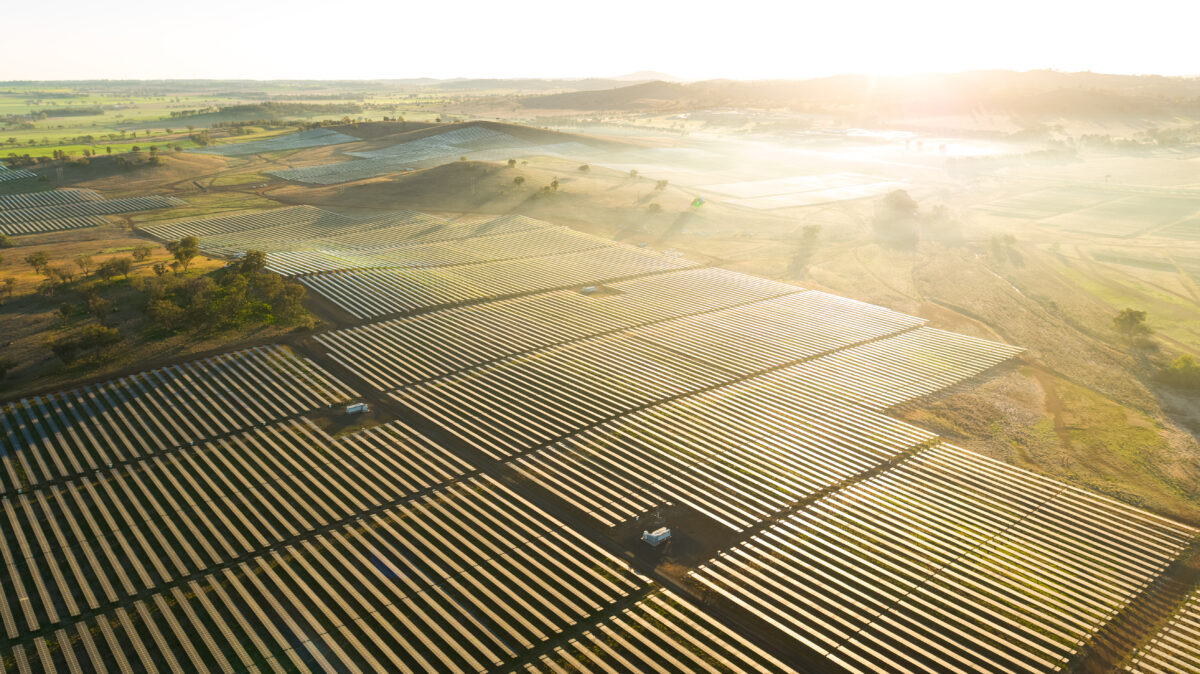
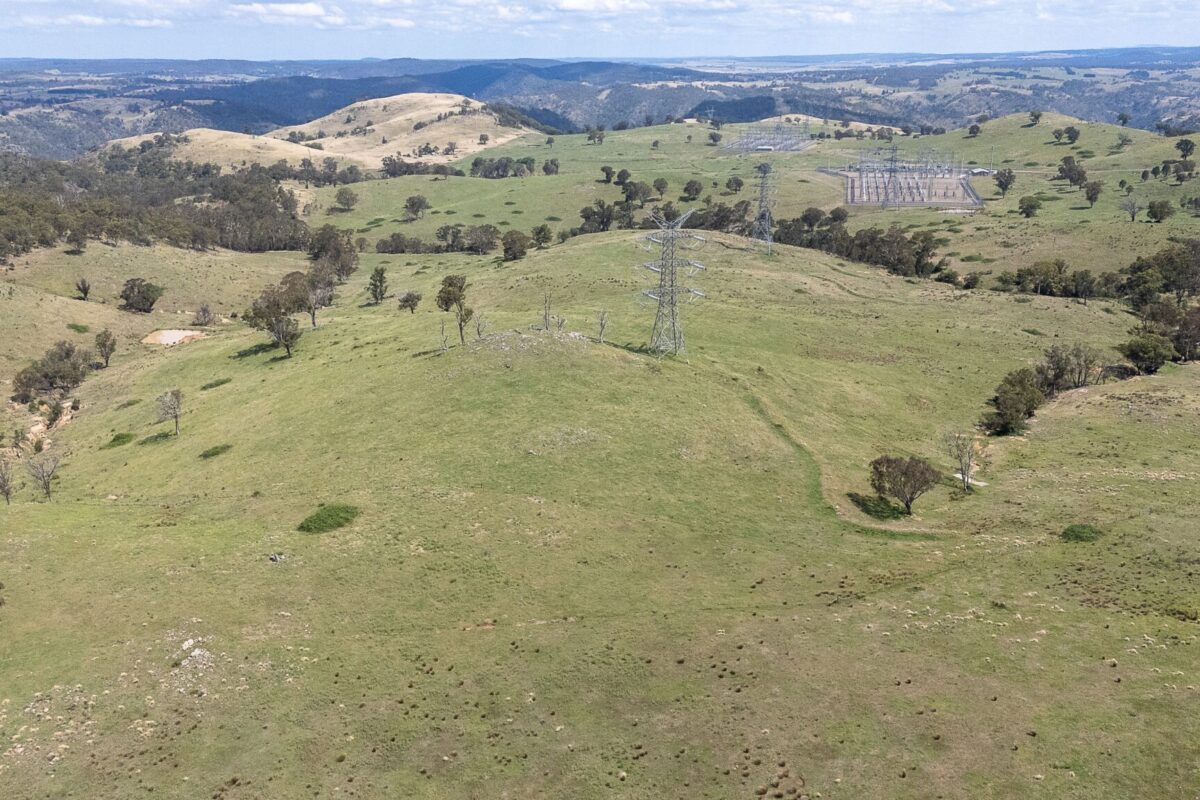



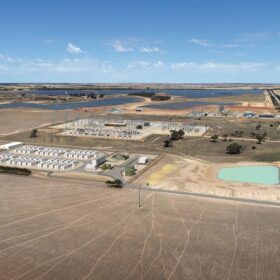
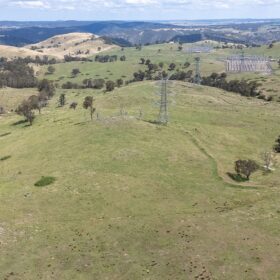
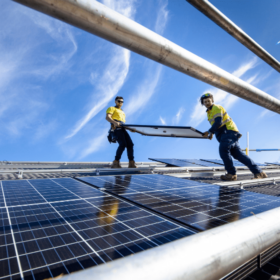
By submitting this form you agree to pv magazine using your data for the purposes of publishing your comment.
Your personal data will only be disclosed or otherwise transmitted to third parties for the purposes of spam filtering or if this is necessary for technical maintenance of the website. Any other transfer to third parties will not take place unless this is justified on the basis of applicable data protection regulations or if pv magazine is legally obliged to do so.
You may revoke this consent at any time with effect for the future, in which case your personal data will be deleted immediately. Otherwise, your data will be deleted if pv magazine has processed your request or the purpose of data storage is fulfilled.
Further information on data privacy can be found in our Data Protection Policy.